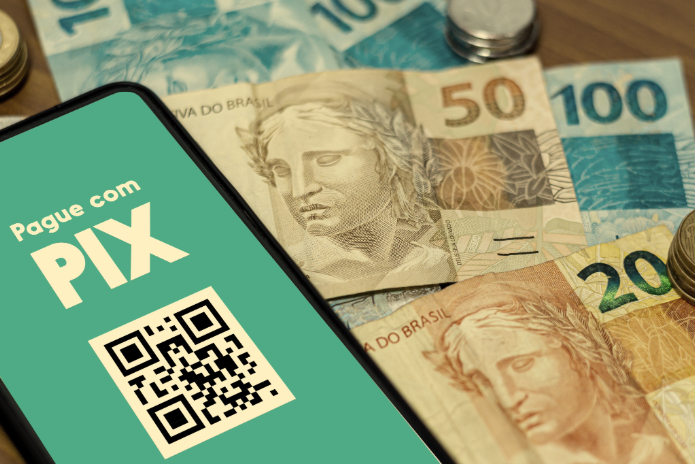Next Friday, February 28, the Pix by Approximation, also called Pix by Biometrics, a new mode of the payment method journey via Open Finance, begins to apply throughout Brazil, which promises to bring even more ease and security to users.
Trusted consultant of the Open Finance Initial Framework with the Central Bank and specialized in enabling Open Finance for financial institutions, multinational technology Sensedia listed the main benefits and care that users and companies need to have with the beginning of transactions via Pix by Approximation.
“Before, to make a purchase through Open Finance, the user was redirected to the application or internet banking of his bank account to make the payment. From February 28, this type of transaction will be made more fluidly. This is because the new functionality aims to simplify the payment journey by enabling the user to complete the transaction through the bank data saved in the digital wallets, without the need to be directed to the application of your bank or financial institution through the icopia and’”, explains Gabriela Santana, Product Manager of Sensedia.
How it's gonna work
To use Pix by Approximation, the user will only need to link their banking information in a digital wallet, such as Google, as we do today with credit card data on an e-commerce site, for example.
“After registering the bank account in the wallet, the person will be transferred to the banking application only to configure authorizations as maximum limits per operation and duration of that link.Done this, transactions via Pix will already be enabled to be made via wallet, without the need for redirection to the banking application that, even, can be excluded from the mobile if the user wishes to”, adds Santana.
Remembering that each operation via Pix by Approximation will require the user to authenticate the final operation with biometrics, password or Face ID (that is, facial recognition).
“In addition to security requirements, reinforced by no longer requiring the need for a banking application to make transactions via Pix and the possibility of setting a maximum limit of transactions via wallet, Pix by Approximation will also be able to read QR Codes, both printed and digital, and will allow transfers between users, following the limits established during the connection process”, adds Santana.
Institutions already enabled
According to the definition of the Central Bank of Brazil, the largest financial institutions in the country (Of Brazil holding 99% of the total amount of payment transactions made via Open Finance IO were required to implement the JSR (Journey Without Redirection), responsible for enabling features such as Pix by Approximation, until November 2024. For the others, the obligation begins to apply only from 2026.
“During the testing period, in addition to technical evolution, the regulator was monitoring some indicators, such as the reports of PCM (Metrics Collection Platform), the response time of APIs and the quality of the user experience journey. Upon reaching 100% in the monitored indicators, institutions were released to follow the pilot project in production. Therefore, in some digital wallets the option of payment by Pix for Approach, including, is already available”, points out Santana.
Next steps
Specialist in the development of projects that require the FIDO Server security protocol, mandatory by the BC for Pix authentication, and in the management of account links via APIs, Sensedia has also developed a solution to meet the ITPs (Payment Initiators).
“The objective of the project is to enable ITPs to also enable payments via Pix in the very environment where a purchase is being made, such as websites, e-commerce, applications and marketplaces, without the need for redirection to the user's banking application through the current (copy and glue’ function, offering even more security and convenience to” users, Santana said.
According to data from the Central Bank, Open Finance already has more than 64 million active consents and 42 million users in Brazil.


